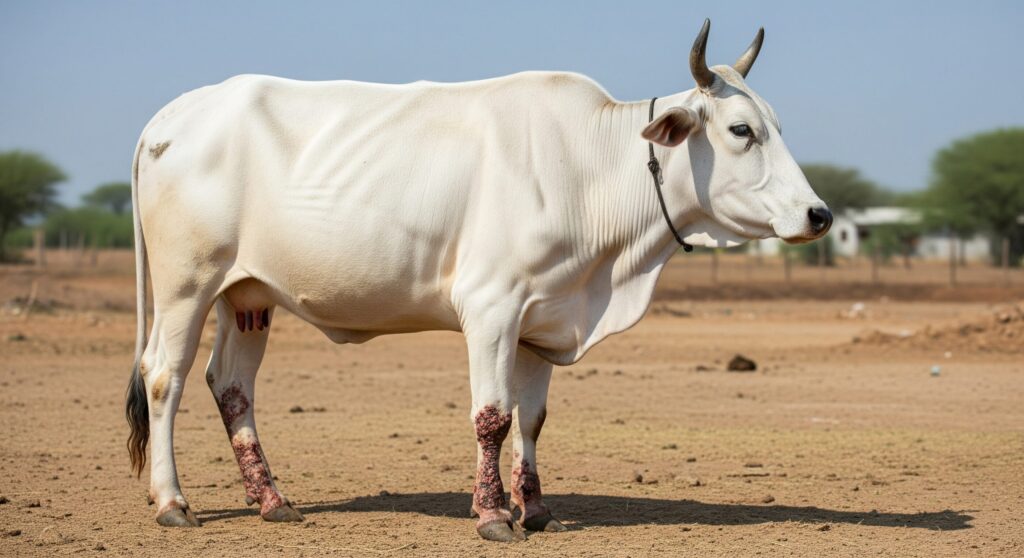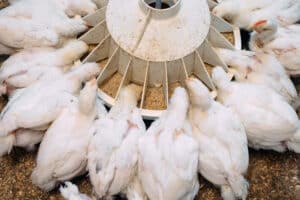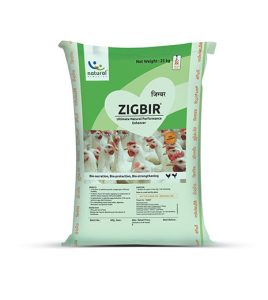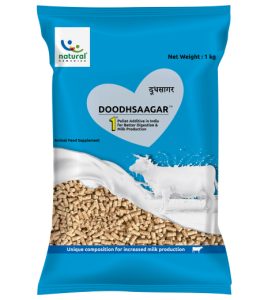Foot and mouth disease in cattle is one of the most contagious viral illnesses affecting cloven-hoofed animals, including cows, pigs, sheep, and goats. Caused by the foot and mouth disease virus in cattle, this disease poses a major threat to animal health and the livestock industry due to its rapid spread and economic implications.
What is Foot and Mouth Disease in Cattle?
Foot and mouth disease (FMD) in cattle is a viral infection characterized by fever and the formation of vesicles (blisters) in the mouth and on the feet. The virus, belonging to the genus Aphthovirus within the family Picornaviridae, spreads through direct contact with infected animals, contaminated feed, water, equipment, or even via windborne transmission in some cases. Because of its highly contagious nature, outbreaks can spread quickly across farms and regions, leading to significant economic losses due to trade restrictions, decreased productivity, and culling.
Clinical Signs and Symptoms
Recognizing the early signs of foot and mouth disease in cattle is crucial for rapid containment. Infected cattle typically display:
- High fever, often followed by a drop in milk yield
- Blisters in and around the mouth, on the tongue, gums, and lips
- Excessive salivation, drooling, or foamy saliva
- Lameness due to painful lesions on the feet, especially near the coronary band and between the toes
- Loss of appetite and reluctance to move or stand
These symptoms can appear within 2–14 days after exposure to the foot and mouth disease virus in cattle. Though adult cattle may recover, the disease can be fatal for young animals due to heart complications.
Economic and Trade Impacts
Beyond its health impact, foot and mouth disease in cattle significantly affects the agricultural economy. Countries experiencing FMD outbreaks may face immediate export bans on meat and dairy products, leading to revenue loss for farmers and the broader supply chain. Additionally, control measures such as quarantine, movement restrictions, and mass vaccination or culling can be financially and emotionally taxing.
Prevention and Control
Preventing the spread of FMD requires a combination of vigilant biosecurity and government-led initiatives. Key strategies include:
- Biosecurity Measures: Farmers should limit movement of animals, disinfect equipment and clothing, and ensure new or returning livestock are quarantined.
- Surveillance and Reporting: Early detection through regular health monitoring and immediate reporting of suspected cases to veterinary authorities can prevent large-scale outbreaks.
- Public Awareness: Educating farmers, workers, and stakeholders about what is foot and mouth disease in cattle and how it spreads is essential for control.
Foot and mouth disease in cattle remains a pressing concern for the global livestock industry. By understanding the nature of the foot and mouth disease virus in cattle, recognizing its symptoms, and implementing robust prevention measures, the spread of this devastating disease can be effectively managed. Proactive action, collaboration between farmers and authorities, and continued research are key to safeguarding animal health and maintaining economic stability in animal agriculture.




















